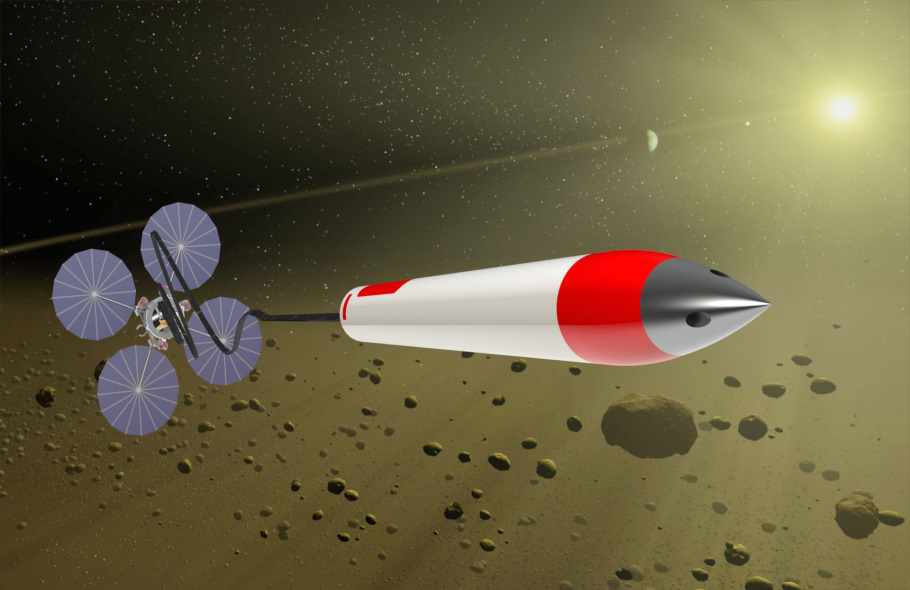Robert Winglee
University of Washington, Seattle
Presentation: Sample Return Systems for Extreme Environments
Description
In Phase I we were able to demonstrate that sample return missions utilizing high velocity penetrators (0.1- 1 km/s) could provide substantial new capabilities for sample return missions at lower cost than soft landing techniques. Key innovations include new energy absorbing material, and utilization of tethers for deployment of the penetrator and extraction of the sample, to reduce the DeltaV requirements while maximizing the probability of return , and minimizing the components that could be damaged by a hard impact.
The work also incorporated proof-of-concept field testing of components under relevant environments. The proposed work seeks to (a) expand the modeling of the interaction of the penetrator with the surface material so that penetration depth can be more accurately predicted for different types of materials likely to be encountered at different solar system objects, (b) enhance the properties of the energy absorbing materials to handle speeds up the upper ranged for planned impacts, and (c) to perform field testing of the tether extraction of the return sample and refine the simulations of the tether dynamics. In addition, the proposed work has the potential for allowing electronic enabled penetrators which could for example be used for seismic imaging of the interior. Because of the ability to provide multiple samples, the full system which would be developed in greater detailed in Phase II will provide unprecedented analysis
of the interior structure of a solar system object. Our ability to perform modeling, lab testing and field experiments will enable the system to go for TRL2 to TRL4/5 within 2 yrs.





























